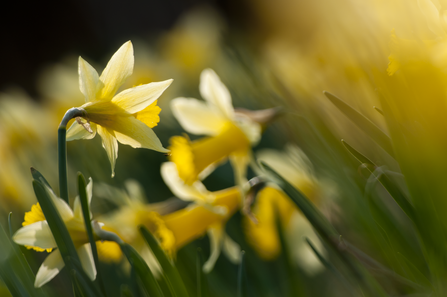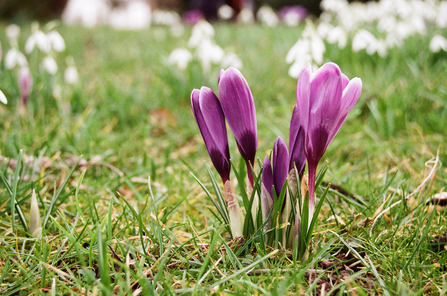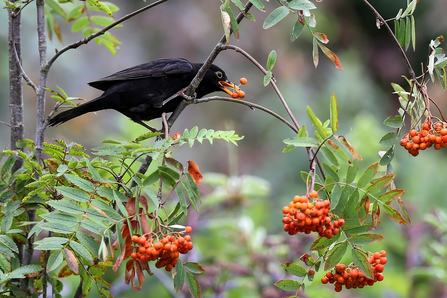If you enjoy growing plants in your back yard, balcony or garden like I do, autumn’s a tricky time. You might well have some great flowers still, especially this year as September was so warm, and the changing colours and misty mornings are lovely in themselves. But there is something special about the excitement of spring with its prospect of new life to come, that autumn with its darker nights and brown colour just doesn’t have. I know some people prefer this time of year, but as you can probably tell, I’m a spring person!
So to inject a bit of that new-growth feeling into October and November I need to do some planting outside. One of the easiest things to do is to plant some bulbs which will flower next spring. The dry onion-like bulbs you see in shops and garden centres now, actually contain a flower stem and leaves - a whole new plant is packed away in there – what a great storage solution! By planting daffodils, tulips and crocuses now, their roots will get a chance to grow through the winter so you’ll see green leaves poking through early next year and have flowers in spring.




